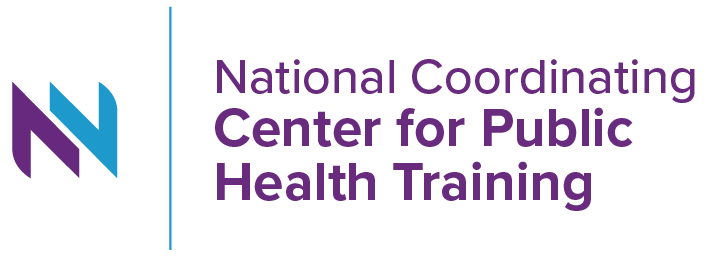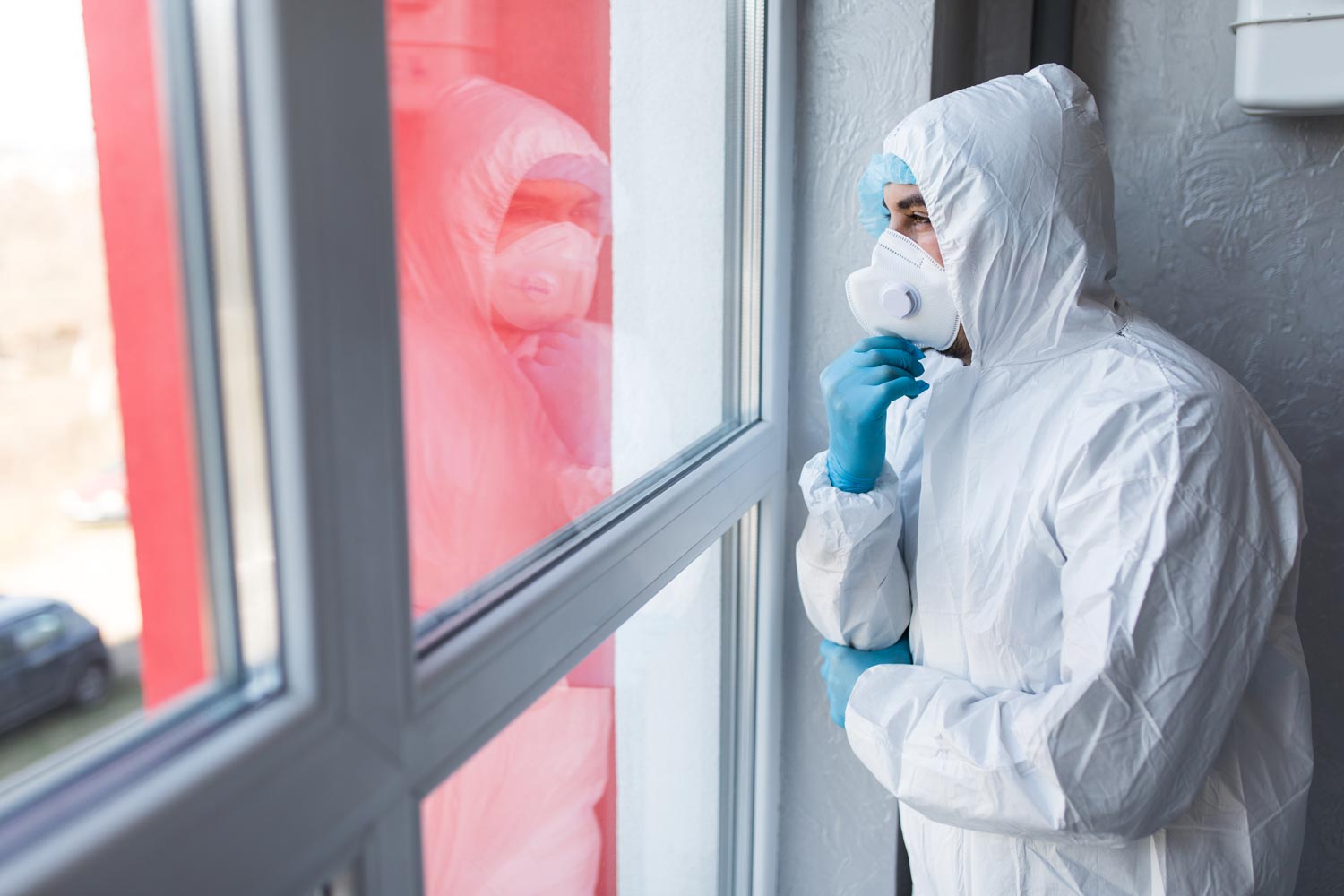At a time when answers cannot come fast enough, NNPHI’s National Coordinating Center for Public Health Training (NCCPHT) launched the Covid-19 Learning and Action Collaborative (LAC) for public health practitioners to help identify, share and deploy national best practices in the face of the COVID-19 pandemic. The participant-driven approach brings practitioners together through video-calls, online discussion groups, and a resource sharing platform to exchange, build, and implement new knowledge. Rapidly unfolding situations like the COVID-19 crisis necessitate efficient dissemination of information, knowledge transfer, and proliferation of effective solutions on a community, state, regional, national and even global basis. The LAC supports and accelerates that process.

In just a few weeks’ time, the LAC has engaged over 1,000 new participants from diverse communities to discuss COVID-19-related issues such as equity, contact tracing, resilience, workforce development, community health workforce, food security and preparations to reopen the economy. Even more important, 96 percent of the weekly video call participants state they gained insight related to their COVID-19 responses. Almost 50 percent indicated they intended to follow-up on a connection they made in the collaborative. Individuals and organizations participating in the LAC use real-time information to develop, test and adapt targeted local responses. “Listening to others share their stories and examples was a light bulb for me,” Rebecca Epstein, a program manager in Richmond, Virginia said. “It helped me see how I could handle my own challenge differently.”
The LAC model is also flexible, which is invaluable during a crisis, and can expand and contract as guided by the participants. Public health practitioners can engage with the collaborative at whatever level suits their needs. Some participate in a weekly facilitated resilience with subject matter experts that was initiated based on high demand. Others come together in less structured video calls to share challenges and seek guidance from their peers. Still others are reading discussions and resources posted in one or more of the online communities.
NCCPHT’s expertise in facilitating change by engaging people and communities ‘where they are,’ has allowed the organization to lead peer-to-peer capacity building at the very moment when leadership and strategic skill development is critical. By engaging practitioners in authentic conversations about their agencies’ and communities’ COVID-19 related issues and needs, participants have explored, created, and begun to scale cutting-edge population-health initiatives. “I have been inspired by how eagerly participants engage in supporting each other to build our collective capacity to protect the public’s health,” said, Jennifer McKeever, NNPHI’s Director of Public Health Practice and Training.
To get engaged with the Learning and Action Collaborative, start here. As we understand more about how this approach is supporting action within communities, we’ll share with our partners. If you have thoughts or ideas, we’d love hear about them.




